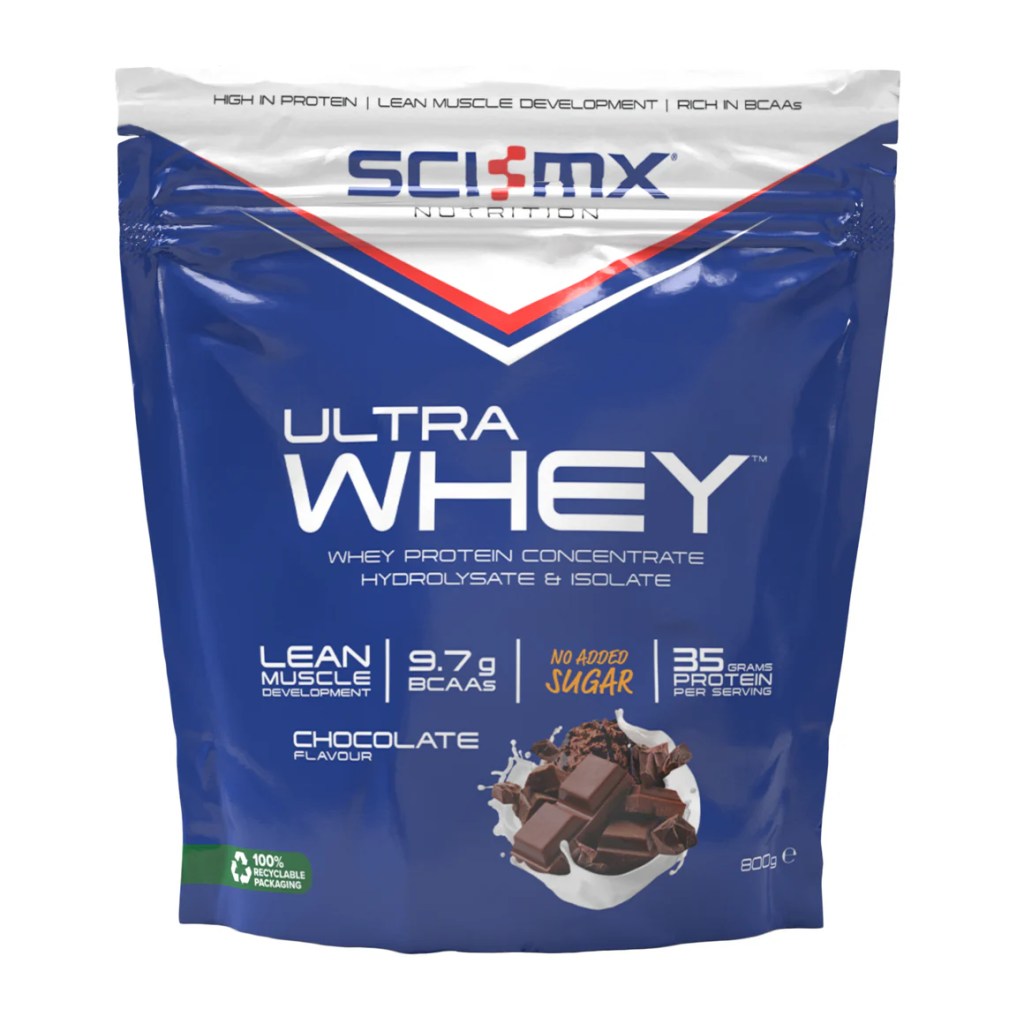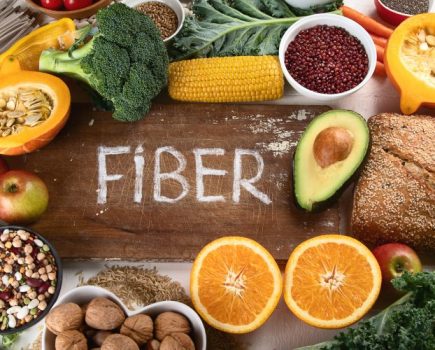This article was paid for by SCI-MX
All you need to know about whey protein, from how much you need to when best to take it, from the nutrition experts at SCI-MX.
Navigating the world of protein powders can feel like a minefield given the huge number of options available, but your decision should be based on quality and recovery benefits. Whey protein is one of the highest quality and most widely researched types of protein, standing out as a popular and highly effective choice. But how and when should you incorporate whey protein into your routine?
What is whey protein?
A high-quality protein naturally found in milk alongside casein. It is derived as a by-product of the cheese-making process, where the fatty components of milk coagulate, leaving behind whey. Liquid whey undergoes processing to remove fats and lactose, leaving behind a whey protein concentrate. Further processing yields whey protein isolate, which has a higher protein content. Whey protein is valued by sportspeople for its complete amino acid profile, including the essential amino leucine, which is crucial for muscle protein synthesis and recovery.
How much protein do you need?
The recommended daily intake (RNI) of protein varies based on individual factors such as age, sex, weight, and activity level. The average RNI for adults is approximately 56g for men and 45g for women. However, sports people engaged in endurance or strength-based sports may need up to 2g of protein per kg of body weight daily to support muscle repair and growth. SCI-MX Clear Whey Protein Isolate contains 21g of high-quality protein per serving, while the SCI-MX Ultra Whey Protein boasts a huge 35g of protein per serving.

Performance benefits of whey protein
Whey protein has many other roles to help improve performance, including:
- Enhanced recovery: Adequate protein intake ensures quicker more efficient post-workout recovery, reducing muscle soreness and improving subsequent performance.
- Increased strength and muscle mass: Comprehensive research has proven that regular protein consumption partnered with resistance training promotes muscle hypertrophy and strength gains.
- Weight management: Protein is useful in weight management, by curbing calorie intake and preserving lean muscle mass. Research suggests intakes of 2.3g per kg of bodyweight may be needed to preserve muscle mass in sports people reducing their body fat.
- Improved immune function: Protein supports immune function by helping with antibody production, crucial for combating infections and illnesses.
- Enhanced endurance performance: Protein aids in repair and recovery from endurance activities and promotes adaptations – namely those which help to boost your workout, such as increasing red blood cell count. This ultimately optimises performance and serves as a supplementary energy source.
When should you consume protein?
Timing plays a crucial role in maximising the benefits of protein intake. Consuming protein shortly after your workouts promotes muscle protein synthesis and facilitates post-workout recovery. Aim to consume approximately 20-25g of protein post-exercise, with additional protein-rich meals spaced throughout the day to sustain muscle repair and growth. All of the SCI-MX protein range delivers at least 20g of protein per serving, which is optimum for post-workout recovery.
How to get more whey protein
Whey is very versatile, and its use extends beyond the standard shake mixed with milk or water.
Smoothies and smoothie bowls: Combine your protein power with fresh fruits, avocado, spinach, nut butters or oats for something more substantial.
Protein bars: Create homemade protein bars using protein powder, oats, nuts and dried fruits for a convenient snack to keep in your kit bag.
Porridge: Stir your protein powder into porridge to increase its protein content.
Pancakes: Mix into your pancake mix to heighten the protein content and top with fruit, nuts, honey, or Greek yogurt.
Soups: Stir unflavoured protein powder into soups to boost their protein content.
Baking: Whey protein powder can be used to create healthy oat cookies using oats, bananas, nut butter and dried fruit.
Mashed potato: Enhance the protein content of your meat-free dishes by adding unfavoured whey protein to mashed potato.
Whey protein offers a versatile and convenient way to meet your protein needs, and strategically adding it into your diet can help you to optimise your nutrition and achieve fitness goals.







